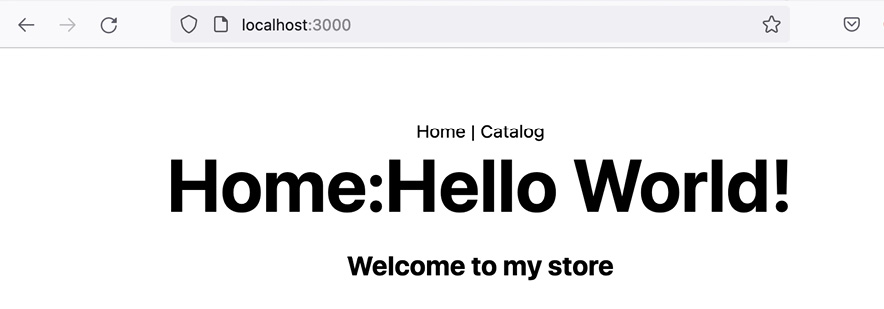Introducing Microfrontends
We are coming full circle with microfrontends! During the Web 1.0 era, websites primarily comprised single pages built in ASP, JSP, or PHP, where we could make changes to each individual page and upload it to a server via FTP and it was immediately available to consumers. Then came the Web 2.0 era and the notion of web apps and Single-Page Apps (SPAs), where we compile, transpile, and deploy large monolithic apps. Now, we seem to be going back to working with smaller apps and pages.
The early 2000s brought in the era of Web 2.0 and the notion of web apps. A few years later, JavaScript frameworks allowed you to build SPAs that updated instantly and didn’t reload a new page each time the user clicked on a link or a button. SPAs were indeed fast for small to medium-sized apps, but as teams went full throttle with building large-scale SPAs, and as applications and teams grew, the velocity and speed of development dropped significantly. Teams seemed to be debating about folder structures, state management, and breaking each other’s code, due to centrally managed libraries and so on. These large SPAs also started becoming less performant due to the large bundle sizes of these apps. More importantly, the high execution time required to parse these JavaScript bundles made the apps even more sluggish on low-end devices and mobile phones. That’s when developers and architects started looking for solutions to these problems. Thankfully, they didn’t have to look too far.
You see, the backend teams went through the exact same problems with the large backend monoliths a few decades back and moved toward the microservices architecture pattern in order to solve their performance and scaling challenges. The frontend teams now look to apply the same principles of microservices to their frontend apps, which are being referred to as microfrontends.
The journey for backend teams toward microservices has been a very long one, spanning multiple decades, and many teams still struggle with it. However, thanks to a lot of debates, discussions, thoughts, leadership, and sharing learning from various microservice implementations, there is an overall maturity to and consensus around microservices architecture.
Frontend teams are just waking up to the notion of microfrontends, and there are multiple schools of thought on what defines a microfrontend, including, in fact, whether microfrontends are even a good thing or not. It will take a couple of years, if not a decade, before there is some consensus around microfrontends. The good thing, however, is that we can learn a lot from the journey of microservices, as a lot of principles and architecture patterns of microservices also apply to microfrontends.
In this chapter, we’ll start by understanding the need for microfrontends. We will cover the definition of microfrontends, and then the different patterns of microfrontends. We will also look into the parameters that will help us choose which pattern to go with for designing your apps. Finally, we will create our very first microfrontend.
In this chapter, we will cover the following topics:
- Defining Microfrontends
- Understanding Microfrontend patterns
- Choosing a suitable pattern
- Hello World with Microfrontends
By the end of this chapter, you will have a better understanding of two of the most common patterns for building microfrontends and a guide to help you decide which one would be most suitable for you.
Toward the end of this chapter, we will build out a simple multi-SPA microfrontend example and get a feel for how we navigate between the the different SPAs.






































































